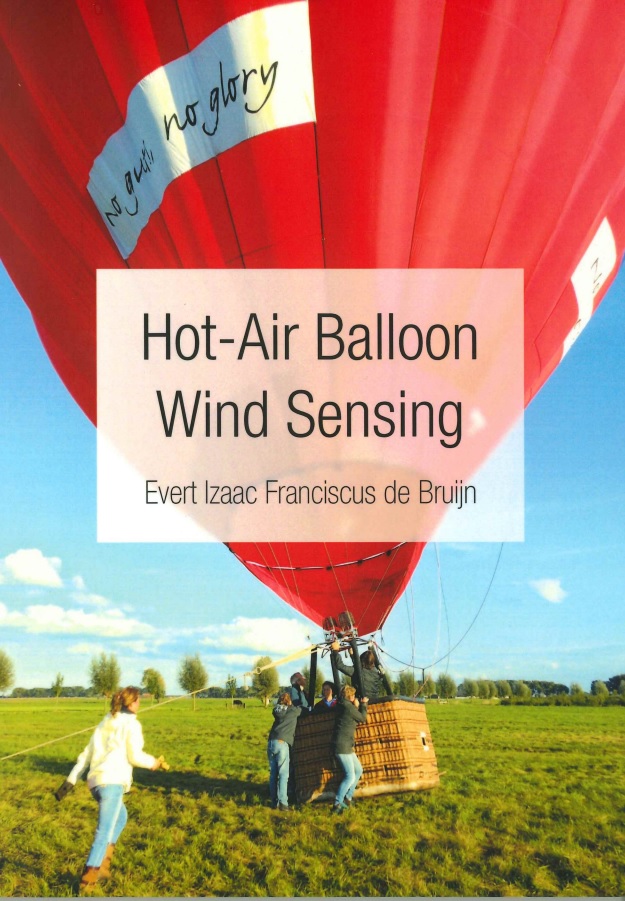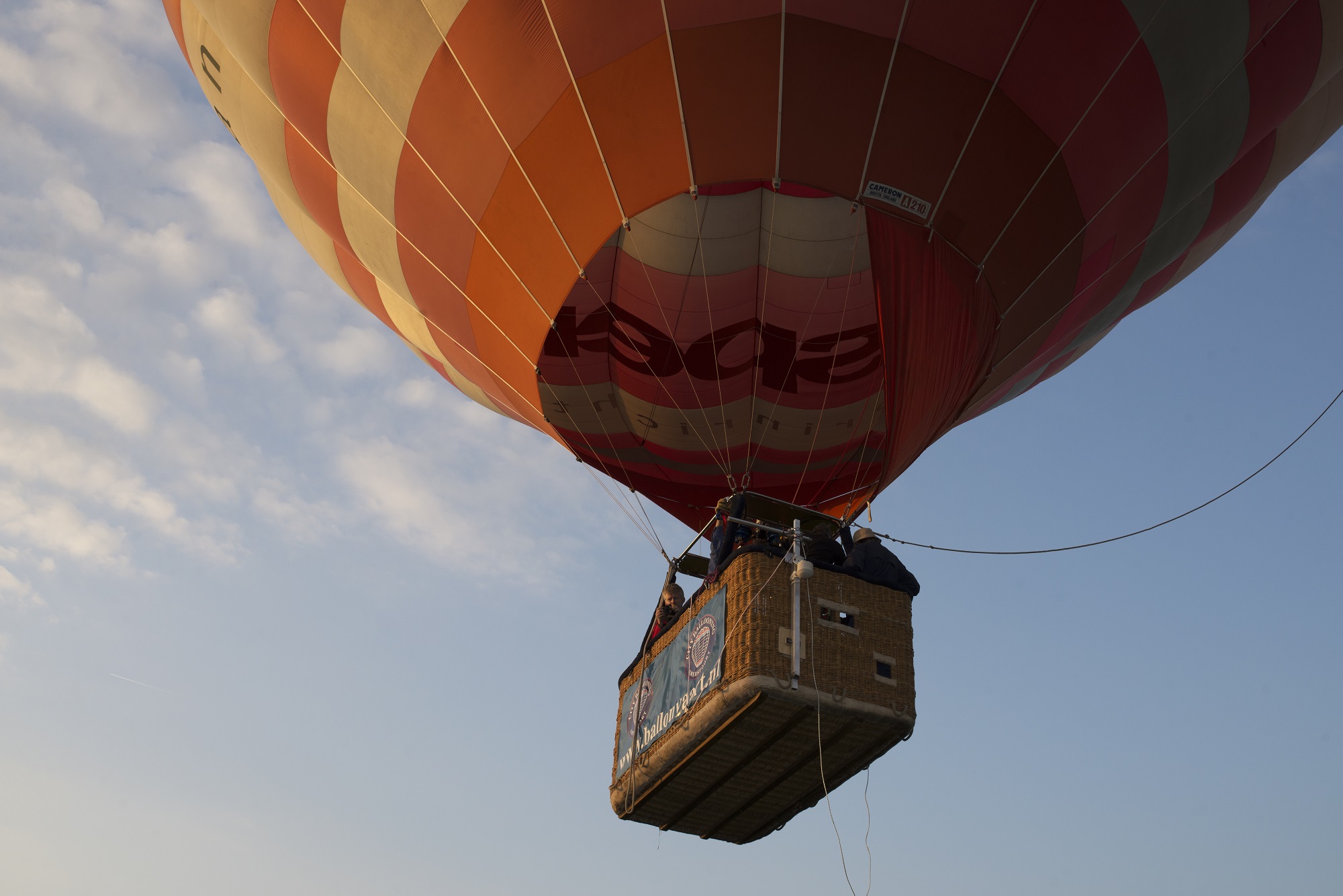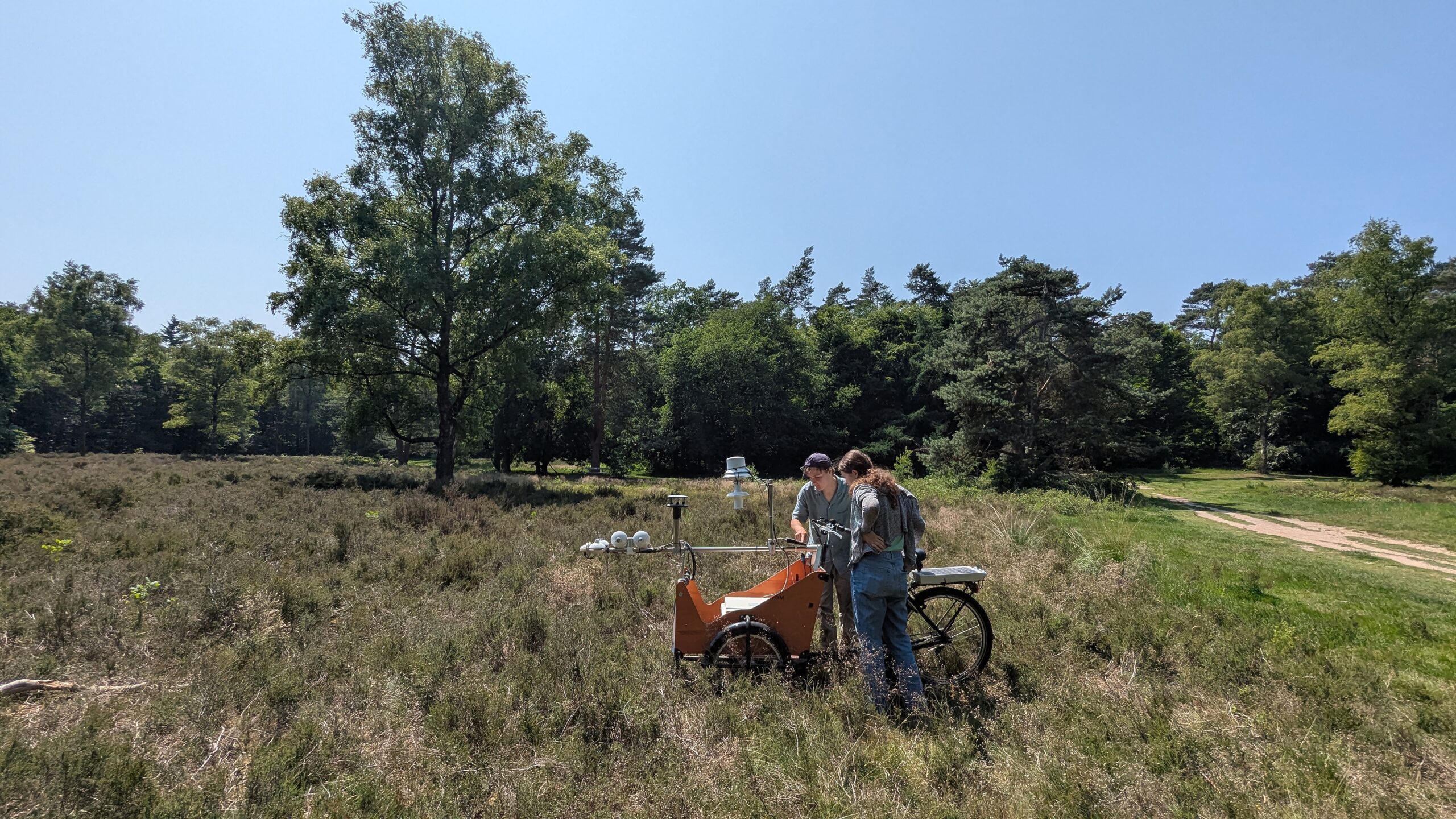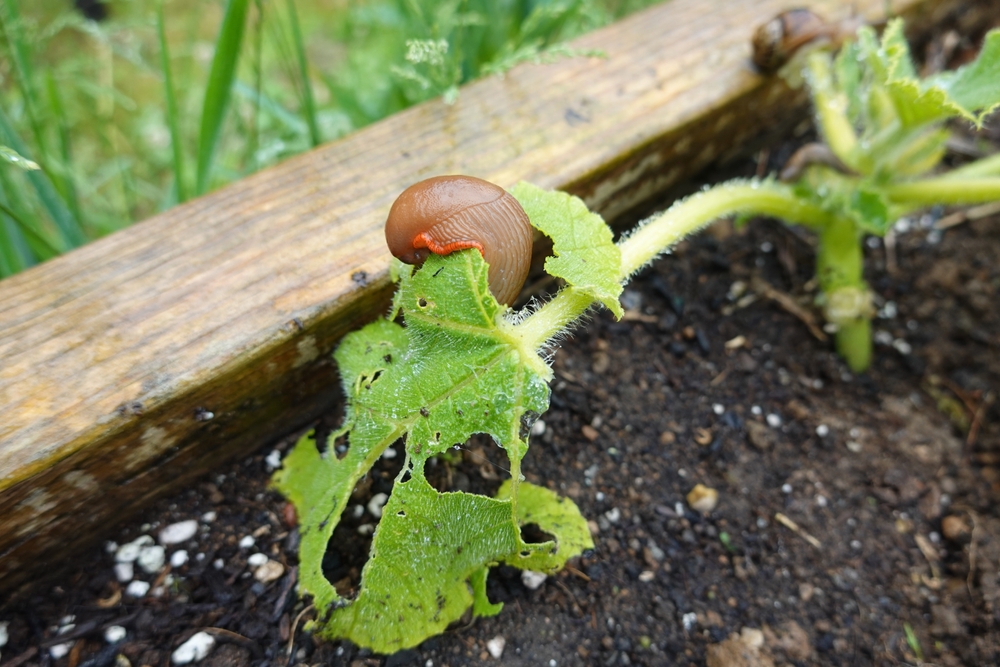When meteorologist Cisco de Bruijn was gifted a hot air balloon trip for his fiftieth birthday, he had no way of knowing that it would eventually lead him to a dissertation. Ten years later, however, there it is: a study on measuring wind using hot air balloons and the value this data has to improve weather models.
Hot air balloons go where the wind takes them. Thus, the balloon’s velocity is basically the same as the wind’s. A hot air balloon is thus a free wind gauge. Air traffic management can follow balloons that are equipped with a transponder, but many balloons do not have this expensive piece of equipment on board. De Bruijn hypothesised that a mobile phone with GPS might serve as an alternative.
Mobile phone
The KNMI (Royal Netherlands Meteorological Institute) enabled him to conduct an experiment in which different mobile phones aboard a balloon were compared to a very precise GPS transponder. With success. ‘In an absolute sense, the phones have a considerable error of up to five metres in positioning. However, subtracting two positions, which forms the basis for measuring velocity, is successful.’

According to De Bruijn, this new wind gauge has a margin of error of no more van 0.5 m/s, which makes it sufficiently accurate for weather models. However, the balloon’s mass means it needs some time to adjust to the surrounding wind. ‘I studied this by suspending an accurate wind gauge underneath the balloon. If that gauge reads zero, the balloon is moving at the same speed as the wind. When the wind speed changes, it takes approximately five minutes for the effect to occur.’
Threshold
Wind measurements are barely conducted at the altitudes at which hot air balloons fly. ‘Every morning, the KNMI launches a weather balloon in De Bilt’, De Bruin clarifies. ‘That balloon flies at an altitude of 20 kilometres and climbs to that height with a speed of 5 m/s. Hence, it spends only a short time in the threshold stratum, where the earth’s surface influences airflow, the stratum in which we live. That is what makes this new method so interesting.’
‘Moreover, hot air balloons fly in the mornings and evenings, which are the times when the turbulence is not yet very active. Weather models have difficulty with those times. Readings taken at those times can thus serve to improve weather models. This, in turn, benefits balloon pilots and others such as gliders and wind park managers.’
Hot air balloons fly in the mornings and evenings, the times that weather models have difficulty with
Cisco de Bruijn, meteorologist KNMI
Some eight to nine thousand balloon flights take place in the Netherlands each year. There is considerable potential for readings. For his experiments, De Bruijn developed an app to collect and send raw data. Whether a more user-friendly version will be marketed is uncertain. De Bruijn: ‘It is a kind of citizen science. You must incentivise people to use it, for example, by providing the balloon’s expected trajectory.’
Cisco de Bruijn is retired Professor of Meteorology and Air Quality, Bert Holtslag’s last PhD student. He will defend his dissertation in Omnia on 25 April.

 Photo Cisco de Bruijn
Photo Cisco de Bruijn 

![[The Proposition] ‘Only beekeepers are entitled to complain about the weather.’](https://www.resource-online.nl/app/uploads/2024/06/de-stelling-1817.png)